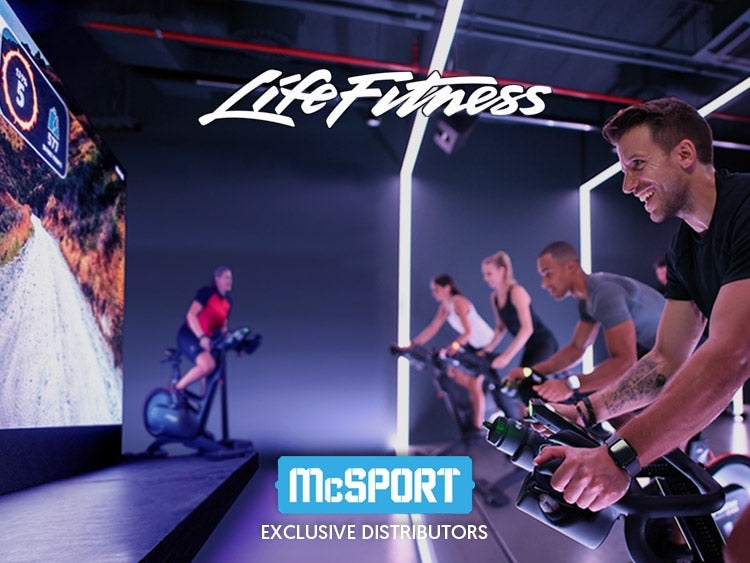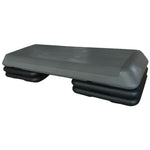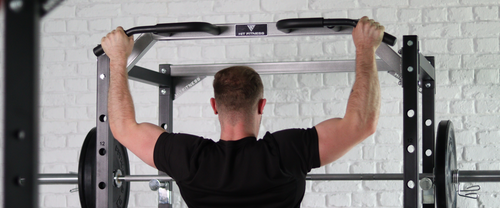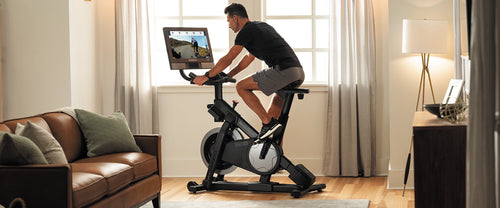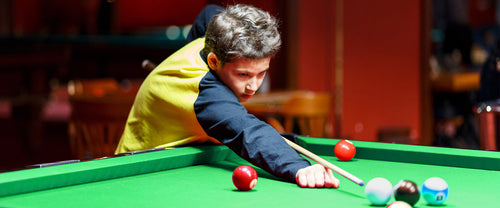Creating a home gym doesn’t have to mean sacrificing space or investing in bulky equipment. With the right choices, you can build a fitness setup that’s compact, affordable, and versatile enough for a full-body workout. Here are the fitness essentials you need to start a home workout routine without taking up a lot of room.
1. Resistance Bands
Resistance bands are a must-have in any compact home gym. These lightweight and portable bands are great for targeting every muscle group, from your arms to your legs, and can be used for strength training, stretching, and rehabilitation exercises.
They come in various resistances, allowing you to progressively increase the difficulty of your workouts. Best of all, resistance bands can be packed away easily into a drawer or a bag when not in use.
- Benefits: Full-body workout, easy to store, and great for strength and mobility.
- Space-saving tip: Keep a set of resistance bands in a small storage box or hanging on a hook in a closet.
2. Adjustable Dumbbells
One of the most space-efficient ways to get a full-body strength workout at home is with adjustable dumbbells. These dumbbells allow you to change the weight with a simple dial or pin, so you don’t need to store multiple sets.
Adjustable dumbbells offer the same flexibility and effectiveness as a full dumbbell rack but take up minimal space.
- Benefits: Versatile, space-saving, and perfect for a variety of exercises such as squats, deadlifts, presses, and curls.
- Space-saving tip: Store your dumbbells in a corner or under the bed to keep them out of sight when not in use.
3. Kettlebell
A single kettlebell can replace a variety of other gym equipment while offering unique benefits. This compact tool is excellent for dynamic movements like swings, snatches, and cleans, as well as for strength training exercises like squats and presses.
The kettlebell’s design makes it ideal for targeting both strength and endurance, giving you a full-body workout.
- Benefits: Effective for both strength and cardio, enhances flexibility, and strengthens the core.
- Space-saving tip: Kettlebells can be tucked away in a corner or placed on a shelf in a closet or storage unit.
4. Studio Mats
A high-quality studio mat is essential for home workouts, especially for exercises that involve stretching, floor work, and core strengthening. Look for mats that provide extra cushioning, starting at 8mm in thickness, to support your joints during high-impact activities or bodyweight exercises. A durable, non-slip mat will give you stability and comfort for everything from Pilates to HIIT routines. It can be easily rolled up and stored, making it a practical choice for compact home gym setups.
Studio mats are versatile for home workouts and provide support for exercises that target multiple muscle groups. Planks and mountain climbers strengthen the core, shoulders, and glutes; glute bridges and side planks activate glutes and obliques; and moves like leg raises, bicycle crunches, and Russian twists work the abs and hip flexors. Compact and cushioned, studio mats are ideal for these bodyweight exercises, offering both comfort and stability on hard floors.
- Benefits: Provides enhanced support and cushioning for a wide range of exercises, suitable for intense, high-impact movements.
- Space-saving tip: Roll it up and store it vertically against a wall or under furniture when you’re done.
5. Pull-up Bar
A pull-up bar is a great investment for building upper body strength, especially for exercises like pull-ups, chin-ups, and hanging leg raises.
These bars are designed to fit most door frames and are often adjustable, allowing for a secure, space-saving installation. They can be easily removed when not in use, making them perfect for a small home gym setup.
- Benefits: Targets arms, shoulders, and back muscles with minimal space requirements.
- Space-saving tip: Store it in a closet or under the bed when not in use to keep it out of sight.
6. Medicine Ball
A medicine ball is a versatile piece of equipment that can be used for strength, cardio, and coordination exercises. It’s perfect for improving balance and core strength through exercises like slams, twists, and overhead presses.
Medicine balls come in various weights, making them suitable for beginners as well as more advanced users.
- Benefits: Ideal for strength training, core exercises, and explosive movements.
- Space-saving tip: Store it in a small corner or place it on a shelf when you're not using it.
7. Foam Roller
Recovery is an essential part of any fitness routine, and a foam roller is one of the best tools for muscle relaxation and improving flexibility.
Foam rolling helps alleviate soreness, reduce tightness, and improve blood flow to muscles. It’s lightweight and can easily be stored under the bed or in a closet.
- Benefits: Aids in muscle recovery, increases flexibility, and reduces tension in muscles.
- Space-saving tip: Keep it tucked away in a corner or under a bed, where it takes up minimal space.
8. Suspension Trainer
Suspension trainers use bodyweight exercises to help you build strength, flexibility, and balance.
They’re mounted to a door, ceiling, or sturdy object and allow you to perform a wide range of exercises for the upper body, core, and legs. These systems are highly portable, making them an ideal addition to a small home gym setup.
- Benefits: Full-body workout using only bodyweight, enhances strength and stability.
- Space-saving tip: Store it in a bag or hang it in a closet when not in use.
9. Skipping Rope
Skipping ropes are a simple yet highly effective way to get your heart rate up and incorporate cardio into your workout routine.
They're excellent for improving endurance, coordination, and agility, all while burning calories quickly. When you’re finished, a jump rope can be neatly stored in a drawer or closet.
Benefits: Great for cardiovascular health, coordination, and quick calorie burn.
Space-saving tip: Roll up the rope and store it in a drawer, bag, or small container.
10. Aerobic Step (Step Bench)
A step bench is a versatile piece of equipment, ideal for cardio workouts and strength exercises. It can be used for step aerobics or as a platform for exercises like step-ups, lunges, and dips.
Aerobic Steps are generally lightweight and easy to store in a closet or against a wall.
Benefits: Multi-purpose equipment for cardio, strength, and balance exercises.
Space-saving tip: Keep it in a corner or under a bed when not in use to save space.
Conclusion
Starting a home gym doesn’t require large, expensive equipment. By choosing compact and versatile tools, you can create a fitness space that allows you to target every muscle group effectively while saving valuable space. These fitness essentials—ranging from resistance bands to adjustable dumbbells—provide a full-body workout in the comfort of your home without overwhelming your living space. With these basics, you’ll be on your way to building strength, improving flexibility, and staying fit all year round.


